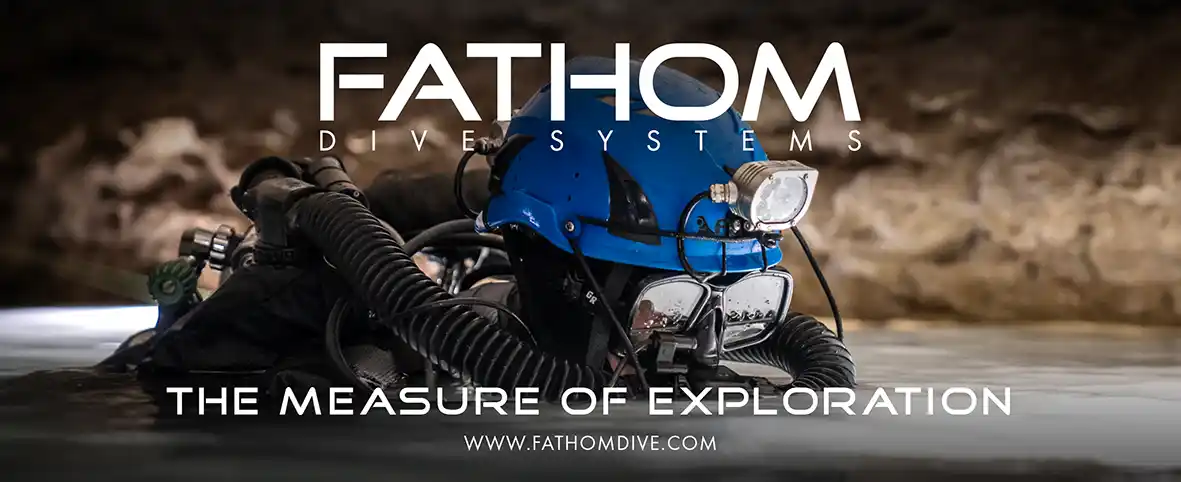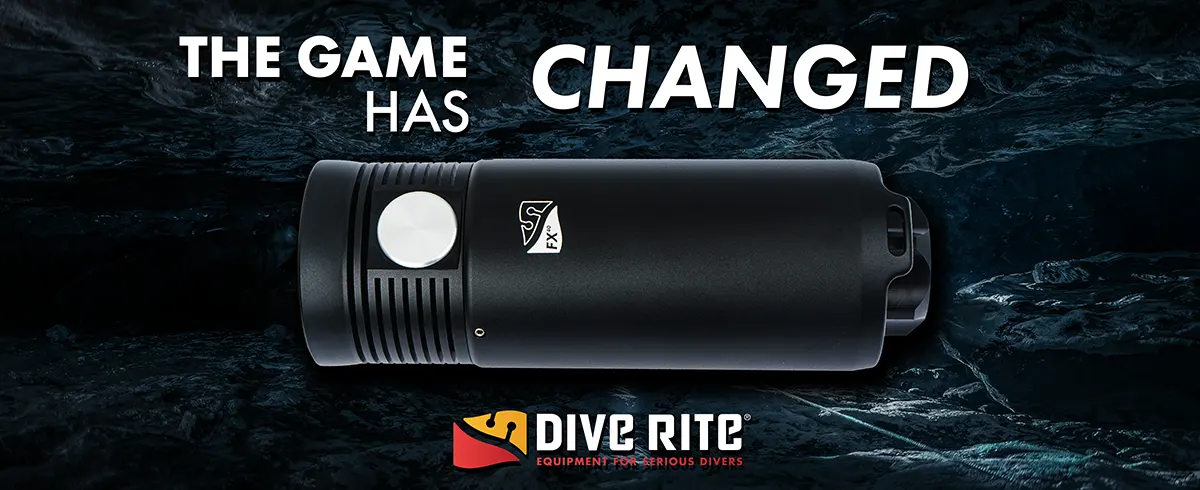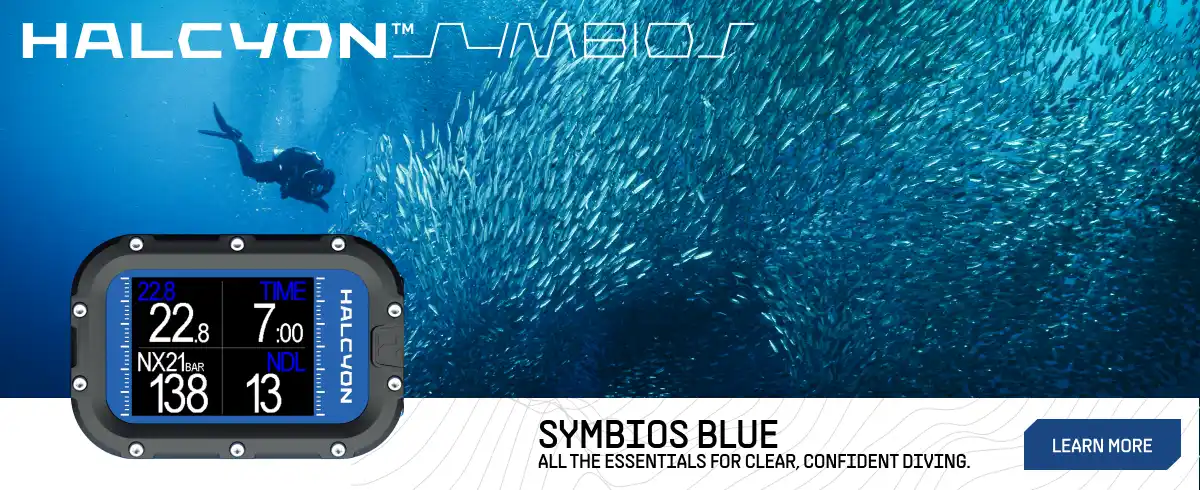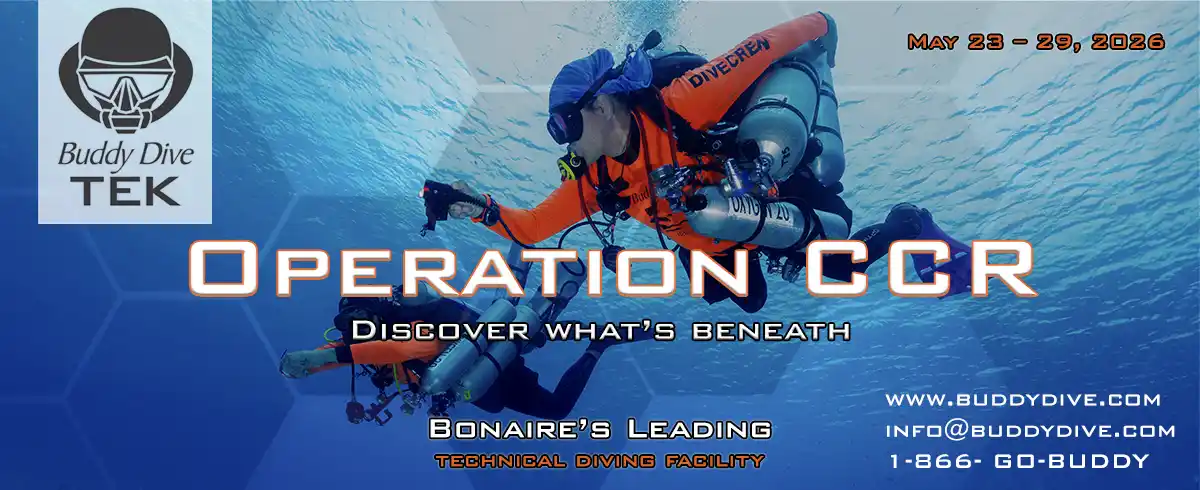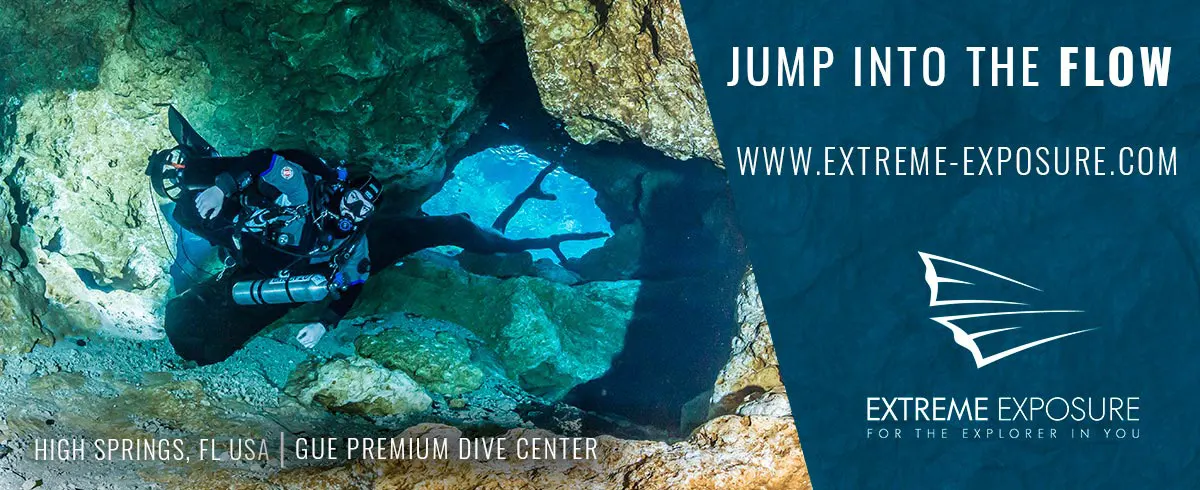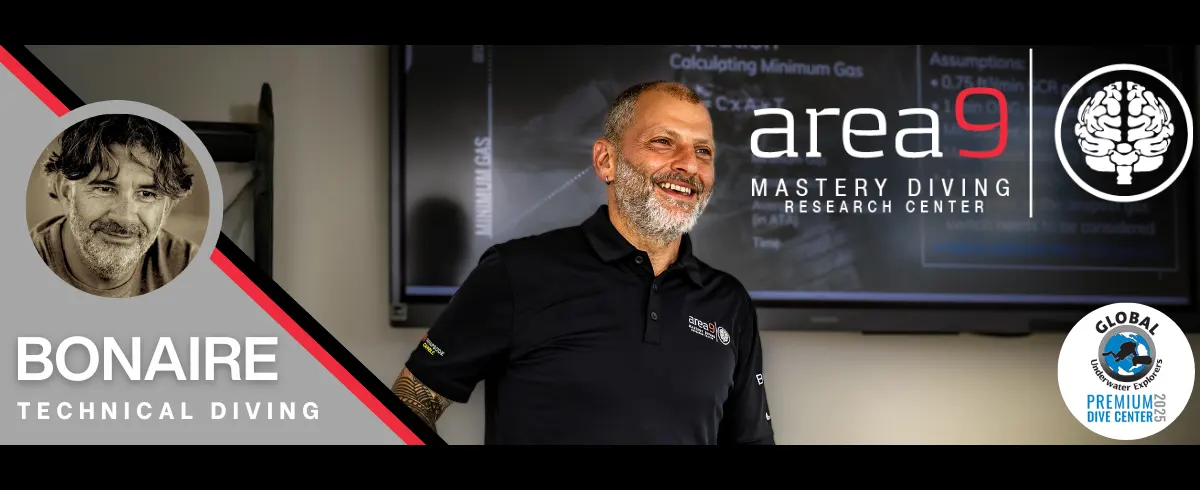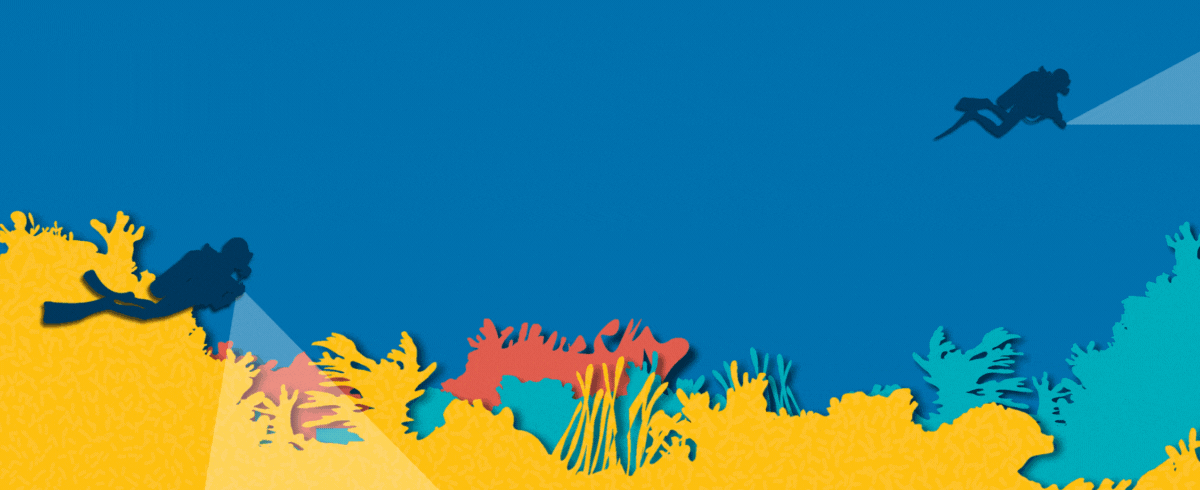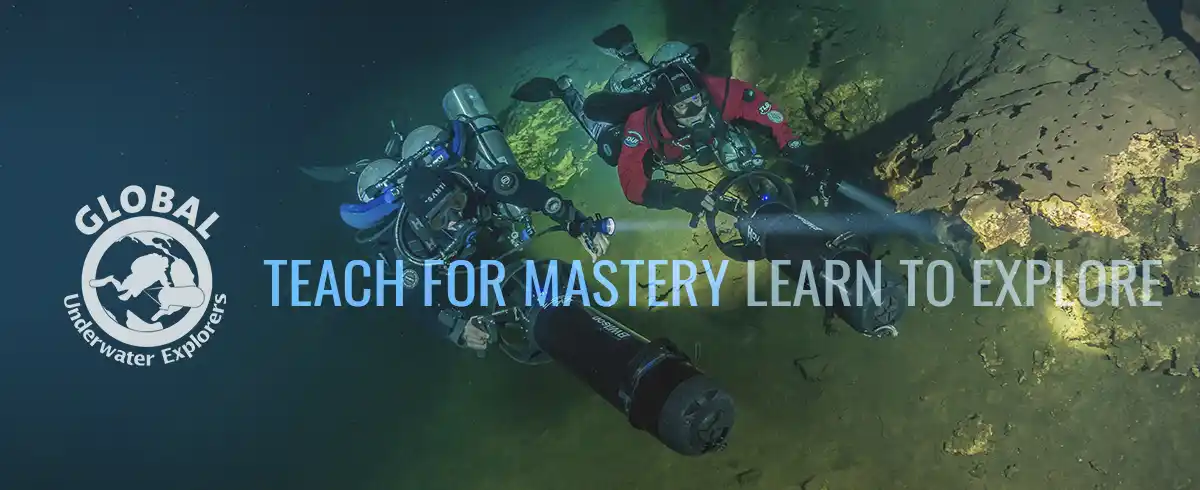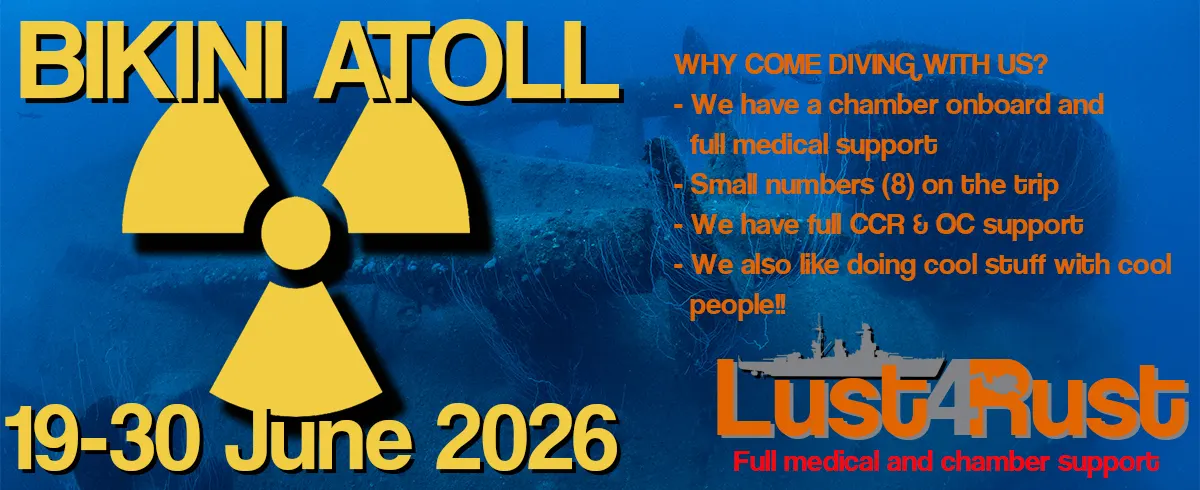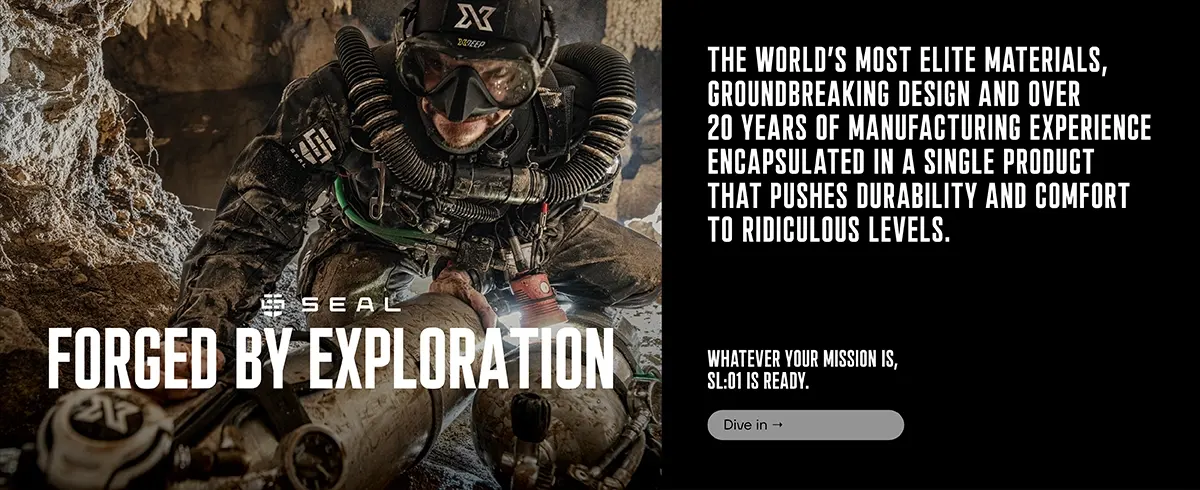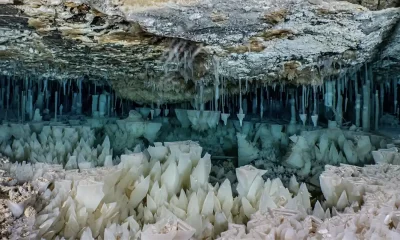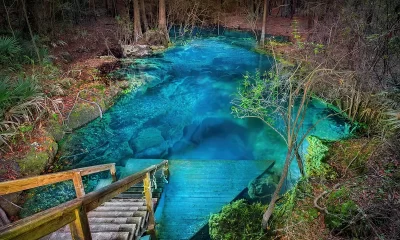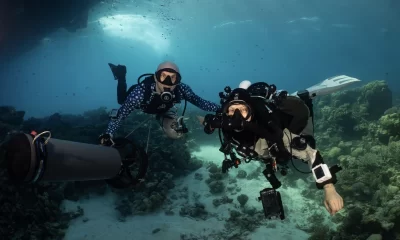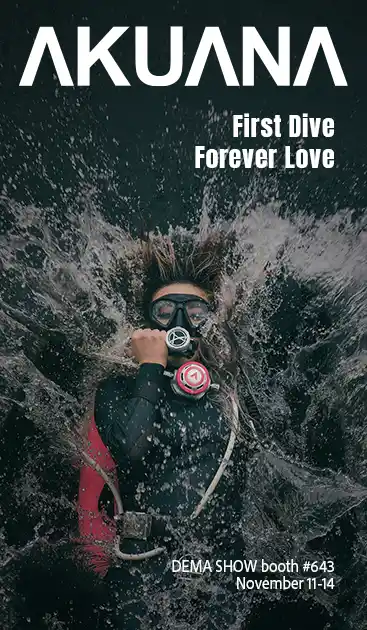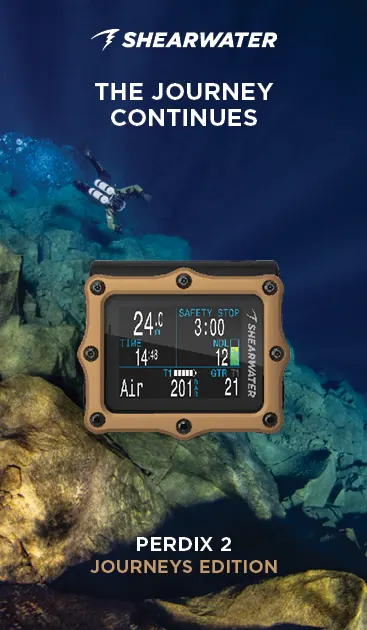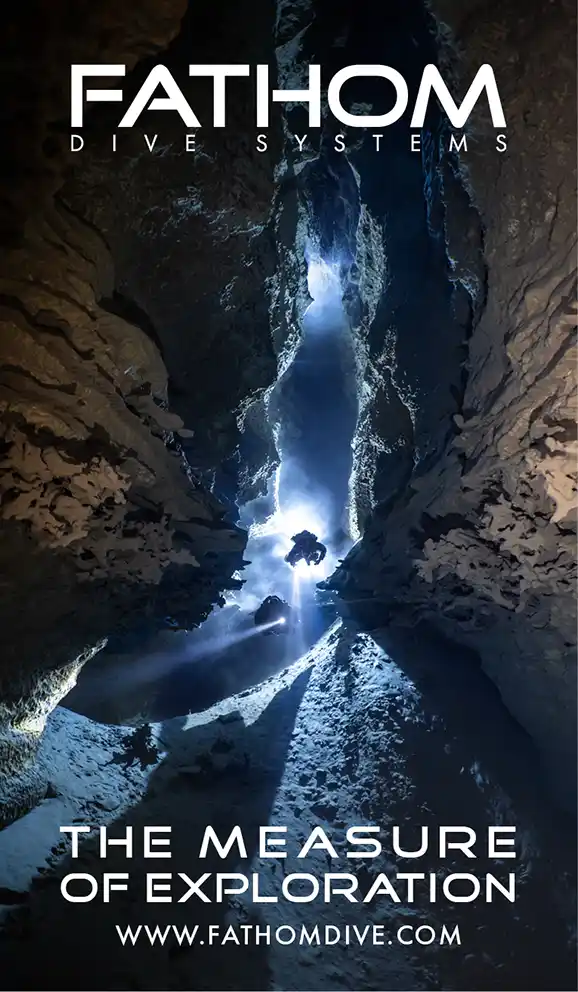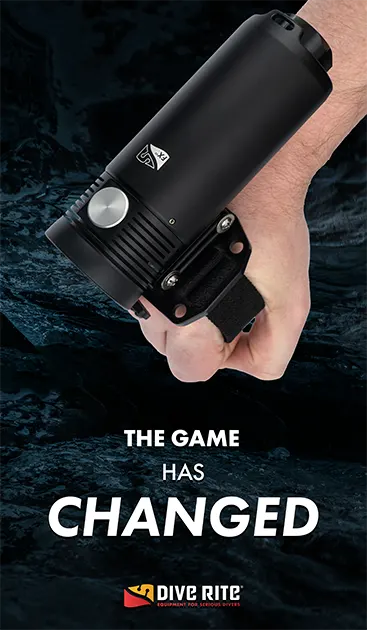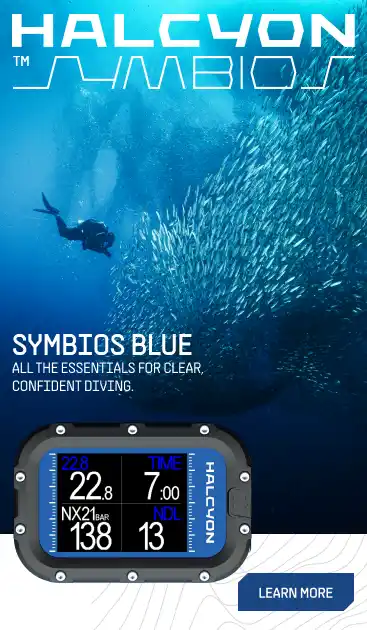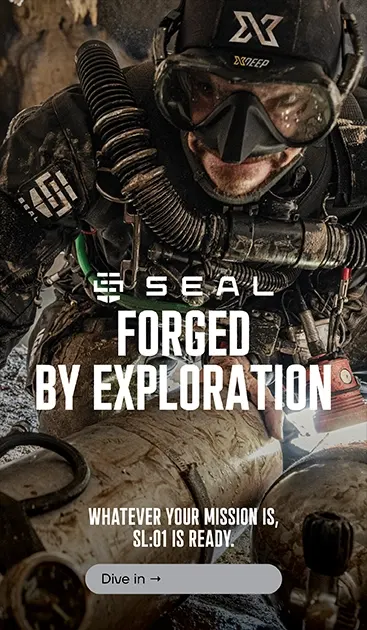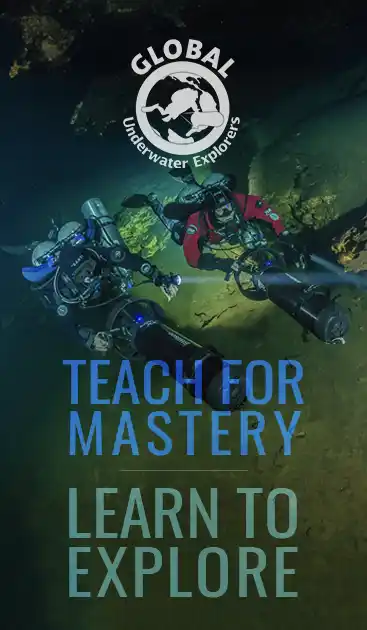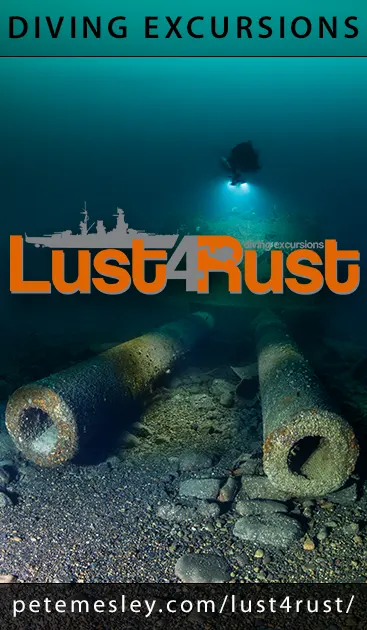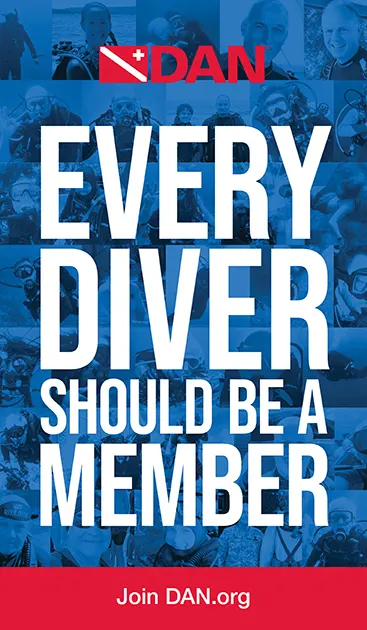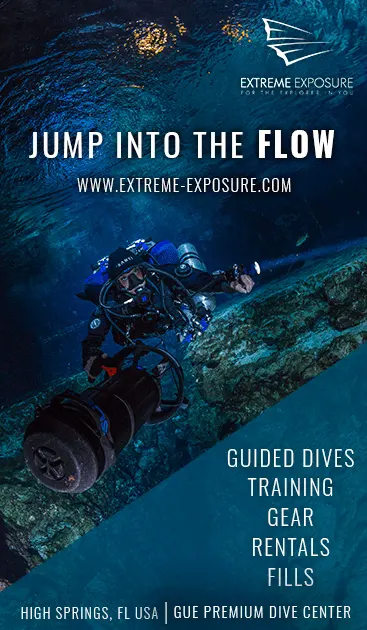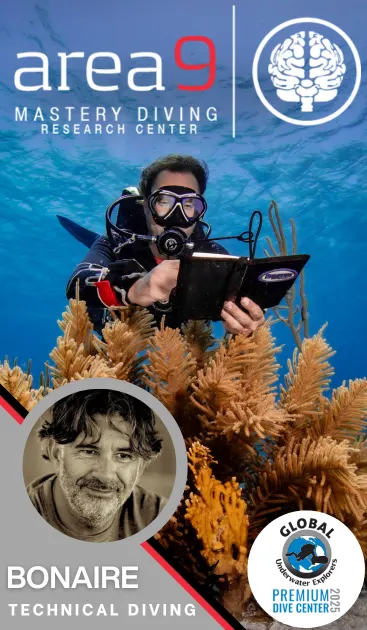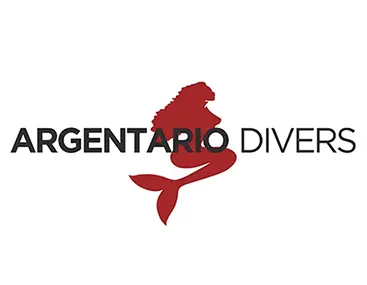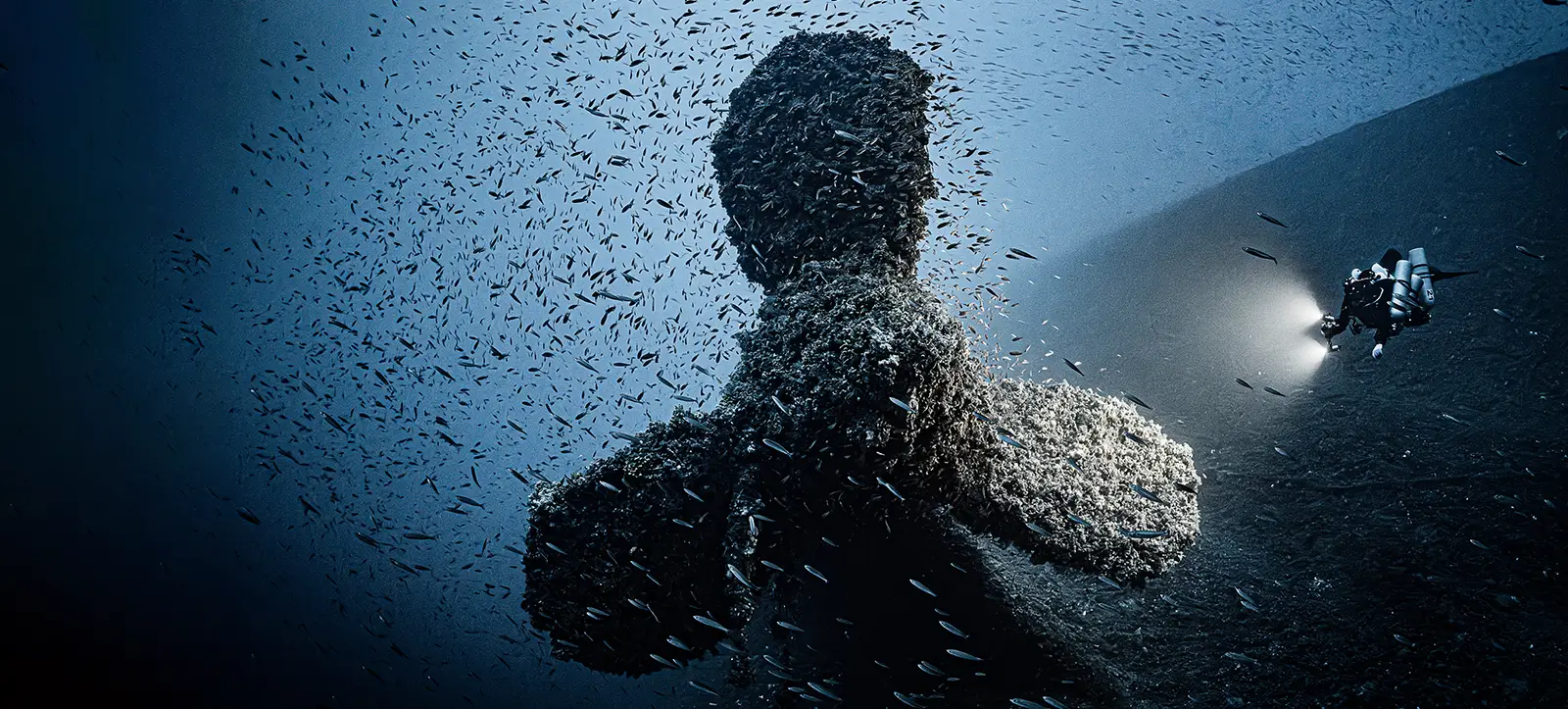
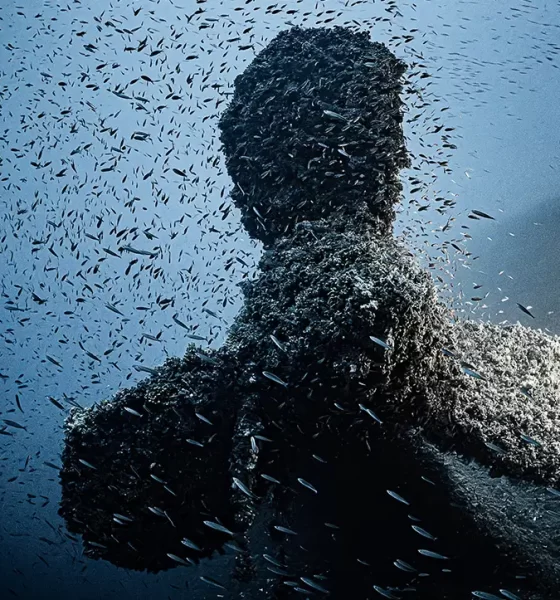
Art
Tauchen, Tauchen, Tauchen!
German engineer, tech diver and photographer Steffen Scholz is determined to reveal the grandeur and mystery of deep shipwrecks and inspire the next generation of divers.
Text and images by Steffen G. Scholz. Lead image: Diver examining the prop of the mighty Britannic.
“I was born in 1970, and my journey into the underwater world began remarkably early—back in 1976. From the moment I took my first dive, I was captivated by the mysteries beneath the surface. It’s been a lifelong passion ever since. Today, that passion is rooted in exploring deep wrecks, venturing into caves, and uncovering the mysteries of the underwater world. These activities give me immense fulfillment, and the act of diving itself is what drives me.“
The HMHS Britannic, the third and largest sister ship of the famous Titanic, was originally designed as a luxury liner for the White Star Line. However, due to the outbreak of World War I, it was converted into a hospital ship before its completion in 1914. On November 21, 1916, the Britannic sank in the Aegean Sea near the Greek island of Kea, likely after being damaged by a German mine. Despite sinking in less than an hour, most of the 1065 people on board survived however, tragically, 30 people lost their live. The wreck was discovered in 1975 by Jacques Cousteau and now lies at a depth of approximately 120 meters, resting on its starboard side. It is one of the largest and best-preserved shipwrecks in the world, and offers unique insights into maritime history and early 20th-century technology.

“As my technical diving skills advanced, I found myself diving to depths and exploring wrecks that were accessible to very few people. This newfound access gave me a strong sense of responsibility to document these extraordinary, often hidden, underwater landscapes. I felt driven to bring visual material from these far-reaching and unexplored places back to the surface, sharing the wonders of the deep with the world.”

“What fascinates me most about these wrecks is the sense of mystery they embody. Many of these ships have been lost for decades, lying untouched on the ocean floor, their stories hidden from the world. The idea that few, if any, have had the chance to explore or photograph them only adds to their mystique.”

“The camera, while often by my side, is more of a tool to document the experience rather than the reason for it. I think it’s important to distinguish between the two: I’m there to dive, and photography is a way to capture the essence of that dive.”

“Rebreather diving tends to be my preferred method when I’m diving with cameras, lighting equipment, and models. This configuration allows for the necessary flexibility when capturing complex shots. One of the key aspects of these dives is the use of diver propulsion vehicles (DPVs), which are incredibly helpful in enabling me to cover greater distances underwater with ease, especially when shooting in remote or hard-to-reach locations. I also find the GUE training system is the perfect tool for me as a diver and a photographer because of the high degree of standardization and the training quality. It allows for seamless integration of divers into a team.”

“My photographic style could best be described as underwater action photography. The lighting setup I use is key to capturing the sense of motion and excitement, even when diving at full speed with a scooter. This dynamic approach is something I strive to convey in my images, and I believe it’s one of the distinguishing features of my work. I focus on capturing the energy and fluidity of the underwater world, aiming to bring a sense of action and vitality to every shot.”
HMS Audacious was part of the Royal Navy’s Grand Fleet and became the first British battleship to sink during World War I after striking a German mine in 1914. Thanks to the heroic efforts of the Olympic, which navigated through a minefield, the entire crew was rescued. Today, the wreck lies upside down at a depth of 65 meters. The stern, with its well-preserved propellers, and the massive343-mm guns at the bow are particularly striking, pointing forward as if still guarding the remains.

“My favorite aspect of shipwreck photography is the opportunity to approach the wrecks with patience and focus. It’s not about rushing through the dive—it’s about taking the time to work calmly and deliberately, capturing every intricate detail.”

“If I had to choose, the Britannic would certainly rank among my favorites. Its rich history, the scale of the wreck, and the ongoing mysteries surrounding it make it a particularly compelling dive. There’s something truly fascinating about this ship, and it never fails to intrigue me every time I visit it.”

“The most challenging aspect of shipwreck photography, for me, is the constant anticipation of what my models and lighting technicians will do next. I have to be highly attuned to their movements and position myself in the perfect spot just before they reach the moment I want to capture. It requires an intense level of concentration and the ability to act quickly, ensuring that everything is in place when the right shot presents itself. It’s this combination of careful planning and spontaneous execution that makes shipwreck photography so challenging and so rewarding.”

“While deep wreck photography is incredibly rewarding, my least favorite part of the process has to be the decompression. After spending hours underwater capturing the wreck and its surroundings, the time spent in the water column afterward can be physically and mentally exhausting, especially after a long, intense session of shooting at great depths.”

“Images have an incredible ability to tell a story—especially when it comes to shipwrecks. A story about a ship, its legacy, and its fate is almost impossible to convey without visual material. For me, the combination of underwater and surface images is essential in bringing the full narrative to life. It’s in this interplay that I can fully capture the essence of a wreck, giving context to both its historical significance and its current state.”
The Amoco Milford Haven was a massive VLCC (Very Large Crude Carrier) oil tanker, measuring 334 meters in length and with a capacity of over 230,000 tons of crude oil. Originally built in 1973 in Spain, the vessel was operating under the Amoco Corporation and later changed ownership. On April 11, 1991, while unloading crude oil off the coast of Genoa, Italy, a devastating explosion occurred in one of the ship’s tanks, which led to an uncontrollable fire, that spread rapidly throughout the ship. Despite the best efforts of responders, the vessel burned for three days. Eventually, during an attempt to tow the damaged tanker away from the coastline, it broke apart. The bow section sank to a depth of approximately 400 meters, while the remaining wreck sank soon after, settling at a depth of 33 to 83 meters near Arenzano, just outside Genoa.

“Shipwreck conservation is a cause that has become increasingly important to me, especially through my work as a photographer. I’ve noticed that very few wrecks remain that can still be captured in their original, undisturbed beauty. Most are now enshrouded by fishing nets, which have often caused severe damage to the wrecks themselves. I’ve been actively involved in conservation efforts for many years, particularly with organizations like Ghost Diving, where we focus on recovering these nets and preventing further harm to marine ecosystems.”

“Earlier in my career, I was very methodical about my approach to underwater photography. Each dive would be carefully planned, with every detail mapped out, and I would stick to that plan with precision. Over the years, however, I’ve shifted to a more spontaneous way of working. While I still have an overall vision for the photos I want to capture, I allow myself more freedom to adapt and respond to the conditions of the dive in real-time.”

“My ultimate goal with photography is not just about capturing stunning images but also about inspiring the next generation of divers. While I certainly enjoy receiving positive feedback on my work, I also strive to prepare and mentor young divers, guiding them to explore and appreciate the deeper aspects of the sport. I want to ensure that the passion for these unique types of dives is passed down, and my photographs often serve as a tool to spark that curiosity and motivation. By sharing my experiences through my lens, I hope to encourage others to continue and expand this incredible sport.”


“For young divers looking to get into underwater photography, my advice is simple: as a technical diver, aim to perfect both your skills and your equipment. Never stop training or evolving, as the more you improve, the more your photography will benefit. If you’re planning to invest in camera and lighting gear, prioritize your lighting setup. Good lighting is the key to truly capturing the essence of what you’re shooting. The camera itself, while important, is secondary to the quality of light you can create in the underwater environment.”
DIVE DEEPER
Dr. Steffen G. Scholz: Dr. Steffen G. Scholz – Dive Award 2025 – boot Düsseldorf – Nominee Category: Personality

Steffen G. Scholz has been fascinated by the underwater world since his first dive in 1976. He has explored and documented legendary wrecks such as the Britannic, Lusitania, Andrea Doria, Empress of Britain, and the Amazon. His photography is not about static scenes but focuses on movement, light, and atmosphere. Using advanced lighting techniques and professional equipment, he captures the unique mood of deep wrecks and caves from the rough waters of the North Atlantic to the intricate passageways of Mexico’s cenotes.
As an experienced technical diver, GUE Tech 3 and Cave 3, he navigates demanding environments with rebreathers and DPVs. He won the 2025 prestigious Boot ‘Personality’ Dive Award and shares his passion for the underwater world with a wide audience. Beyond photography, he is committed to marine conservation, fighting ghost nets and protecting maritime heritage—because many underwater stories are still waiting to be discovered. His work can be found on Instagram at: @steffen_scholz_uw_projects, and at Facebook: Steffen Scholz.


